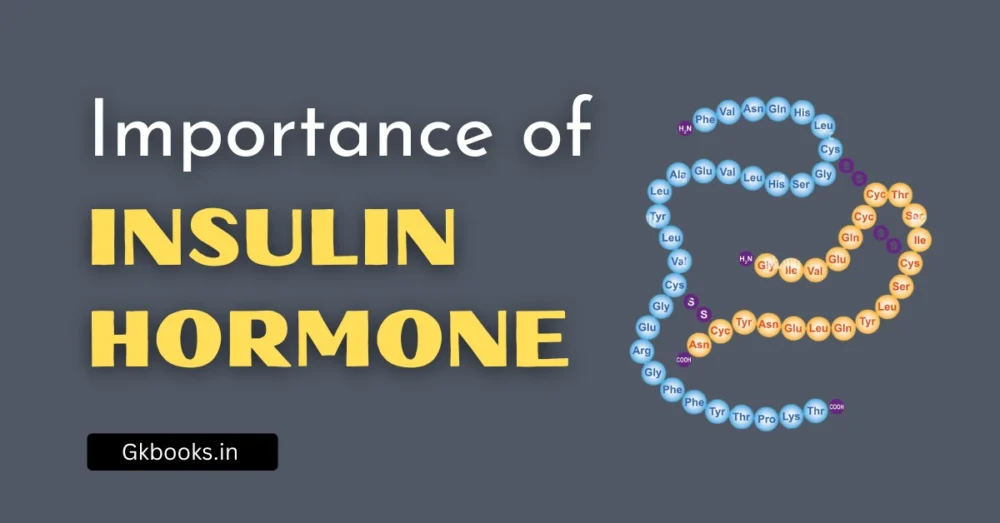The human female reproductive system is a recurring topic in NCERT Science and features prominently in competitive exams like UPSC, SSC, RRB NTPC, State PSCs, and even class 10th–12th board exams. One frequently asked question is:
“How many eggs are released by a human ovary each month?“
Knowing the exact answer, along with the science behind it, is crucial for one-mark MCQs, assertion-reason questions, and conceptual understanding in Biology.
Understanding Egg Release in Females
What is Ovulation?
Ovulation is the process by which a mature egg (ovum) is released from the ovary.
◾ It occurs around the 14th day of the menstrual cycle (in a typical 28-day cycle).
◾ The egg is released from a mature follicle called the Graafian follicle.
🔹 Keyword Alert:
Ovulation = Release of egg from ovary
How Many Eggs Are Released Per Month?
◾ Usually ONE egg is released by either the left or right ovary every month.
🔺 Answer: One egg per month
◾ The release alternates between ovaries, but not always in a fixed pattern.
🔹 Important Term:
This is known as monovulation (Mono = One).
🧠 Mnemonic to Remember:
“O for One, O for Ovulation!” → One egg is released during ovulation.
Total Eggs in a Female’s Lifetime
◾ A female is born with around 1 to 2 million immature eggs (oocytes).
◾ By puberty, only 3–4 lakh remain.
◾ Out of these, only ~400–500 eggs are ovulated in her lifetime.
◾ The rest degenerate naturally through a process called atresia.
Key Stages in Egg Development
| Stage | Description |
|---|---|
| Primordial Follicle | Immature egg present at birth |
| Primary Follicle | Begins developing at puberty |
| Secondary Follicle | Undergoes changes with hormones |
| Graafian Follicle | Fully mature follicle that releases the egg |
| Corpus Luteum | Leftover follicle after egg release; secretes hormones |
Real-Life Analogy to Understand Ovulation
Think of your ovaries as two storage boxes filled with thousands of “eggs in waiting”.
Each month, one egg is selected and released like a golden ticket from a lottery box.
Once released, it travels through the fallopian tube and waits for fertilization.
Ovulation Cycle
Ovary → Maturation of Egg → Ovulation (Day 14) → Egg released → Fertilization OR degeneration
Summary Notes: Quick Revision
🧾 How Many Eggs Are Released per Month?
🔹 One egg per month, released during ovulation
🧾 From Which Ovary?
🔹 Usually alternates between left and right ovary
🧾 When in the Cycle?
🔹 Around the 14th day of a 28-day menstrual cycle
🧾 Total Eggs Ovulated in Lifetime?
🔹 Around 400–500 eggs
🧾 Process of Degeneration of Remaining Eggs?
🔹 Called atresia
🧾 Released from Which Structure?
🔹 From the Graafian follicle
Practice MCQs: Test Your Understanding
Q1. How many eggs are typically released by a human ovary in one menstrual cycle?
A. Two
B. Ten
C. One
D. None
✅ Answer: C. One
Q2. The process of releasing an egg from the ovary is known as:
A. Menstruation
B. Fertilization
C. Implantation
D. Ovulation
✅ Answer: D. Ovulation
Q3. At which stage of the menstrual cycle does ovulation usually occur?
A. Day 1
B. Day 14
C. Day 21
D. Day 28
✅ Answer: B. Day 14
Q4. What is the fate of most eggs that are not ovulated during a female’s life?
A. They remain unused forever
B. They are excreted
C. They develop into twins
D. They undergo atresia
✅ Answer: D. They undergo atresia
Q5. Which structure in the ovary releases the egg during ovulation?
A. Primary follicle
B. Secondary follicle
C. Graafian follicle
D. Corpus luteum
✅ Answer: C. Graafian follicle
Key Takeaway
Understanding how many eggs are released in a month is a fundamental concept in human biology. It links directly with the menstrual cycle, fertility, and various topics in reproductive health, making it highly relevant for competitive exams and school-level science.
🔍 So, remember:
➡ One egg per month,
➡ Released during ovulation,
➡ From either ovary.
Read More:
Heart Chambers: Anatomy, Functions, Diagram & Exam-Focused Notes
Vitamin Deficiency Diseases – Causes, Symptoms, Sources & Exam-Focused Notes
Function of the Stomach in the Human Body: Key Roles, Mechanisms & Importance






